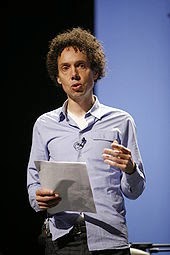The NYDaily News first quotes two very influential people, president Obama and actor George Clooney. Obama states that they should ,"not get into a pattern in which you’re intimidated by these kinds of criminal attacks.” Sony Entertainment showed cowardice and that they, "made a mistake." The editorial also uses the actor's point of view. Clooney says they need, "a new way of handling our business." Both sources are extremely credible, one, the president, the other, an actor extremely familiar with the entertainment business. Both show that Sony Entertainment made the wrong decision and that America cannot allow terrorism to infringe upon America'
s freedom of speech.
The editorial also makes the claim that what Sony did was un-American. As the title says, Sony, "blew "The Interview." By making what Sony did seem un-American, they can strengthen the claim that Sony made the wrong decision. Sony just needed "a single screen to premiere the film and send the message that Sony was open for business" in order to show that terrorism can't beat out the American way. By showing the movie in just a single theater, would tell America and the world that America will not shake from foreign threats. As, "Patriotism demands: Show the movie and show it now."

.jpg)

















